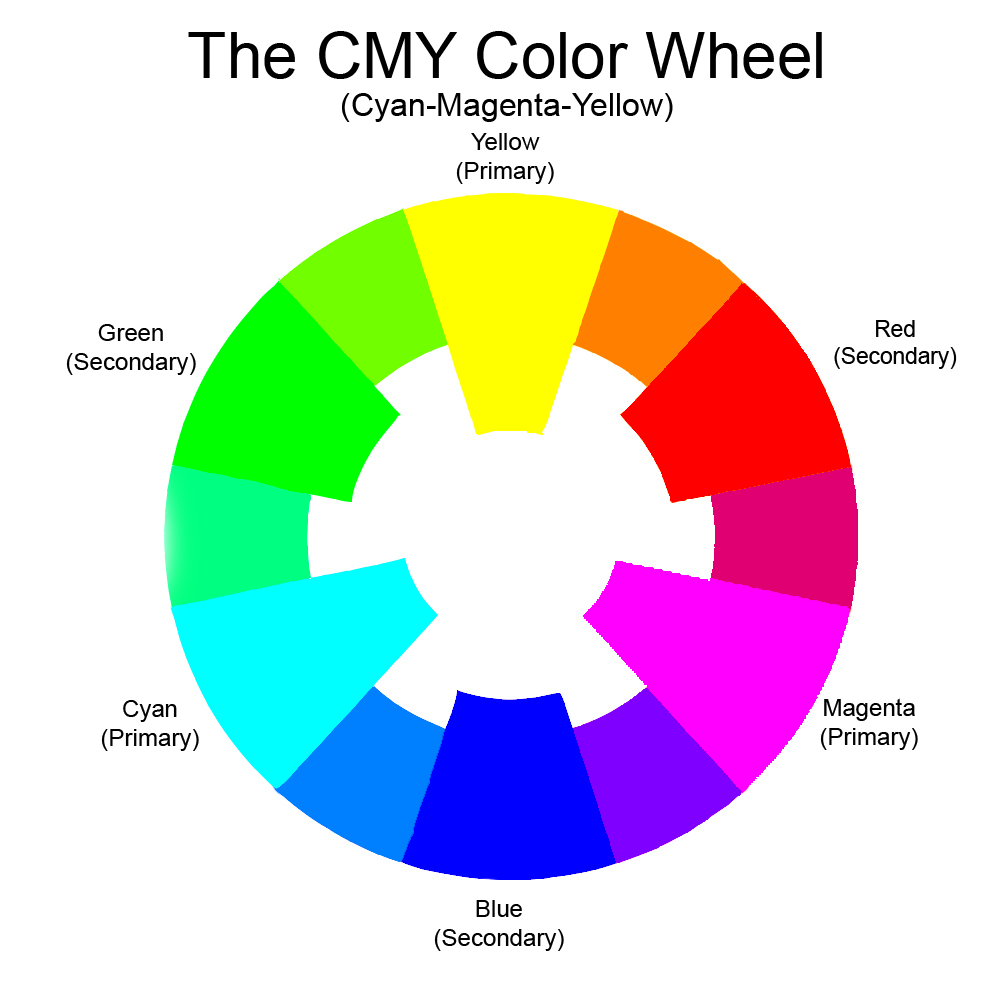

One of the most important factors of any design is color. The impression that our work gives depends on a myriad of different factors. How you look and how you present yourself can determine how you are perceived.

The blue bed makes the red bed seem orange because it induces its complementary color, yellow, in the red bed.First impressions are everything. For our example of the red and blue flowerbeds, the red bed makes the blue bed seem green because it induces its complementary color, green, in the blue bed. Simultaneous contrast affects every pair of adjacent colors. Simultaneous contrast has its greatest effect for adjacent complementary colors. Finally, for blue alongside yellow, the blue makes the yellow more yellow and the yellow makes the blue more blue. Such effects are simple to demonstrate with a light beam and some colored filters. Similarly, white light around a yellow beam will seem blue.
#OPPOSITE OF BLUE ON COLOR WHEEL PLUS#
(Recall that blue light plus yellow light equals white light.) Simultaneous contrast causes the white around the blue to seem yellow. In the surround of the blue beam where the white light falls, the blue receptors will be fatigued and the white light will appear to our brain as yellow. The horizontal cells that link the blue cones will cause blue cones, outside of but close to the blue beam, to also become fatigued. Where the blue light strikes, the blue cones will be stimulated, overloaded and fatigued. Consider an intense beam of blue light, surrounded by white light, striking our retinas. Simultaneous contrast in sight is readily understood. To explore contrasts, point at the colors, below left. Drinking orange juice after eating pancakes and sweet maple syrup accentuates the acidity of the juice. Jumping out of a sauna into a cold pool accentuates the coldness. Simultaneous contrast applies not just to sight but also to the senses of touch and taste. Contrast this with the entry on Picasso and his “Blue Period,” where the paintings arouse emotions more usually associated with “cold” colors, such as sadness and a withdrawn quality.Īnother question to ponder! What other elements in the painting of “The Night Cafe” both as regards color and manner of painting, convey this idea that it is not a pleasant painting of the sort of place most people go to for enjoyment? Yet: the other painting: ‘Cafe Terrace.’ does not have the effect, despite blues being predominant colours? In his letter to his brother Theo, van Gogh considers the work as “…one of the ugliest (pictures) I have done… I have tried to express the terrible passions of humanity by means of red and green.” By using color in this manner, van Gogh exploits the psychological capacities of colors to arouse emotions (first noticed by Alberti see introduction), here intentionally creating a jarring unpleasant sensation for the viewer. Van Gogh’s Night Cafe composes colors described as “warm,” which are generally associated with such sensations and emotions as energy, joy, love and festivity. Our sensation is the most intense where two extremes are juxtaposed. Both works were painted in Arles in 1888. Few artists have dramatically used complementary colors as has Vincent van Gogh (1853-1890), illustrated below. Similarly, blue has orange and yellow has purple as a complementary color.Īrtists have always explored the effects of juxtaposing complementary colors, even without understanding it in neurophysiological terms.

A primary color such as red has green (the combination of the other two primaries) as its complementary. This theory was already known to earlier painters, such as Eugène Delacroix. Specifically, the idea that an object of any given color will cast a shadow tinged with that of its complementary color and tinting neighboring colors in the same manner influences Impressionists. Impressionist interest in color and light is influenced in part by the research of scientists like Michel Chevreul. Yellow complements blue mixed yellow and blue lights generate white light. Complementary colors are pairs of colors, diametrically opposite on a color circle: as seen in Newton’s color circle, red and green, and blue and yellow.

Simultaneous contrast is most intense when the two colors are complementary colors.


 0 kommentar(er)
0 kommentar(er)
